Currently pursuing an advanced degree at the University of Nottingham, UK, Zhang Lu met the UDP team at the European Association for Chinese Studies (EACS) in the Czech Republic in 2022.
With a rich foundation in Sinology and a unique perspective on modern art history, she remarked, “Sinology is a field that delves deeply into traditional Chinese culture and history. It encompasses ancient Chinese language, literature, philosophy, history, and more. I would like to uncover the mutual influences and integration between cultures, by analyzing symbols that present in different artistic expressions.”
To Zhang, Sinology is more of a profound exploration of Eastern tradition than just a subject. She hopes to interpret the thoughts and feelings of ancient Chinese people by research. To have a better understanding of East Asian art and culture, Zhang Lu chose our Taiwan Academic Classics (TAC) platform as her main research resource.
As a Sinologist with deep expertise, Zhang believes that selecting appropriate research materials is always the first step. However, it could be a problem just to sift through vast information and identify the profound materials. She said, “When delving into ancient Chinese art and culture, I often encounter redundant information or superficial discussions. The data under the same research topic often presents an overly consistent stance, especially in some databases, It’s challenging to identify truly innovative viewpoints or those with dialectical opinions.”
Thus, integrating a deep research framework and amalgamating various perspectives remains a continuous academic challenge.
Full Interview:
Guest:Zhang Lu (PhD Candidate, History of Art, University of Nottingham / Visiting Researcher, University of Helsinki)
Host:Jeff Fan (Product Manager of UDP)
The Value of the TAC Platform
Within the “National Palace Museum Journal Archive” of the TAC platform, Zhang discovered a treasure trove of research. This database meticulously organizes the vast research materials of the National Palace Museum in Taiwan, including scholarly journals like the “National Palace Museum Bulletin” “The National Palace Museum Research Quarterly,” and “The National Palace Museum Quarterly,” as well as the more publicly accessible “The National Palace Museum Monthly of Chinese Art.” With this platform, Zhang can swiftly and effectively access her desired materials. The accumulated research offers her fresh perspectives and deep insights into the realm of art history.
The platform’s unique “image search” feature is worth mentioning. This innovative tool allows researchers to conduct visual comparisons and explorations of artworks, in addition to standard text searches. Zhang shares three representative research outcomes below, which is achieved by using the “image search” feature on the “National Palace Museum Journal Database.”
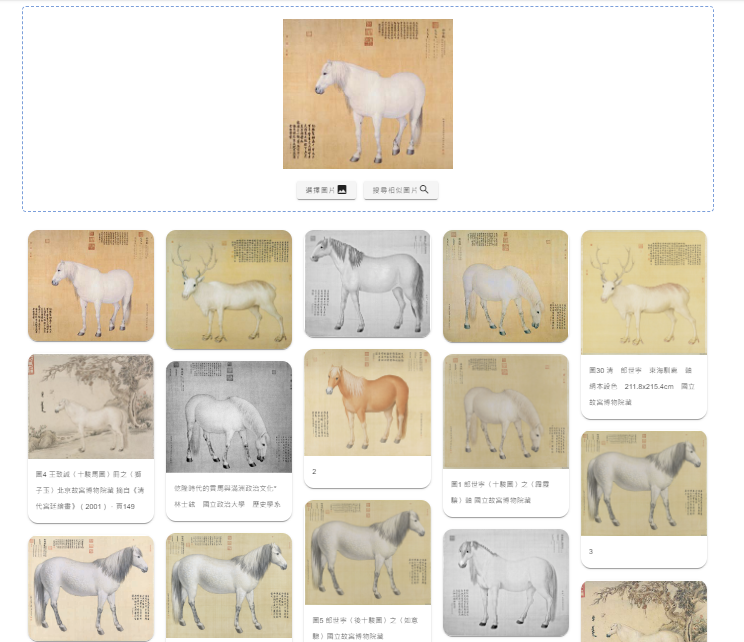
1. East Meets West in Hand-drawn Sketches: Revelations from Epaulettes
When Zhang first tried the “image search” feature, she chose a hand-drawn sketch from the Royal Academy of Arts as a test subject, depicting an early British fashion design. The search not only showed related “hand-drawn sketches” within the TAC platform, but surprisingly recognized the Eastern element of “epaulettes” in the sketch. This triggered her to investigate further. She discovered that the design was influenced by a female statue adorned with epaulettes from the Song dynasty, a popular accessory among Chinese women at the time. It seemed like the element captivated the designer and subsequently incorporated into Western fashion.
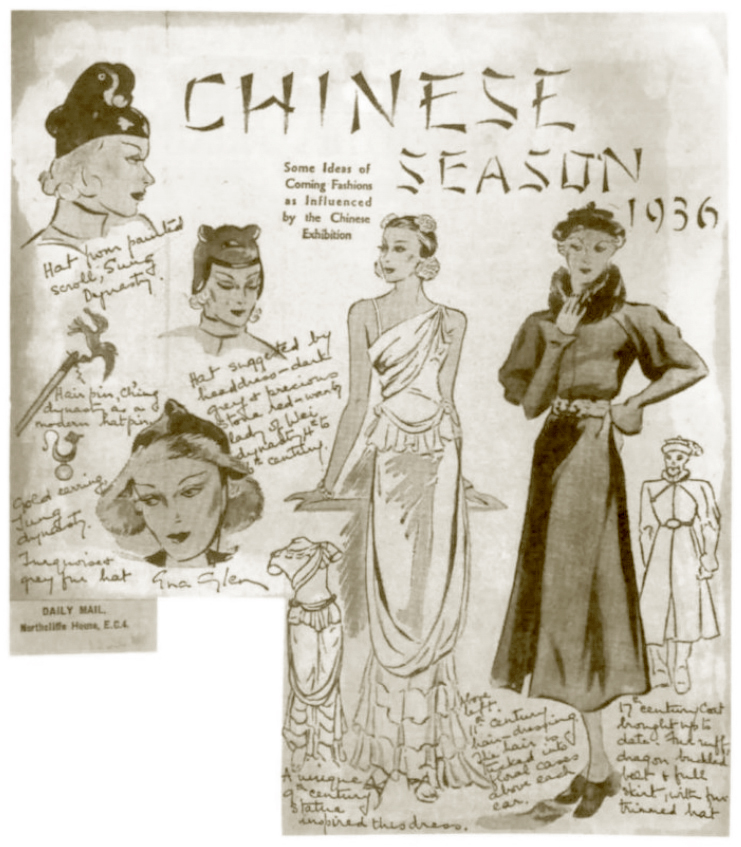
2. Variances in the Postures of Buddha Statues: From Rodin to Two Different Asian Perspectives
Inspired by her previous hand-drawn sketches’ experience, Zhang decided to use the “image search” feature again. This time is for the world-renowned “The Thinker” by Rodin. To her astonishment, the search led her to a vast collection of Buddha statues featured in the journals of the National Palace Museum. This revealed stark differences in the postures and physiques of Buddha statues from various regions and eras. She observed that statues from East Asia mostly present a kind and dignified posture with fuller physiques, while those from regions like India present a more robust and angular appearance.
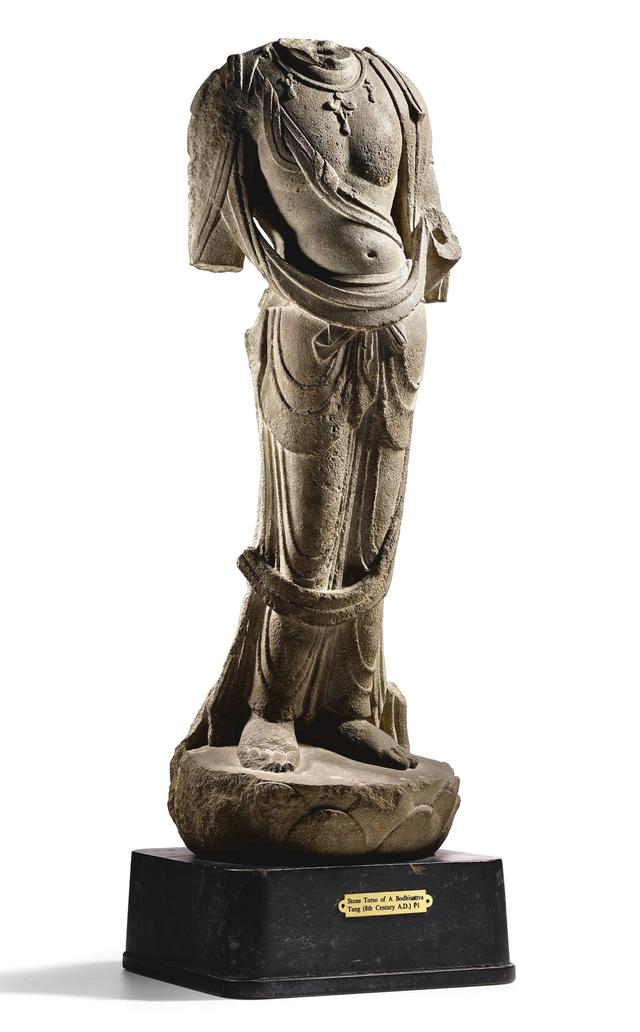
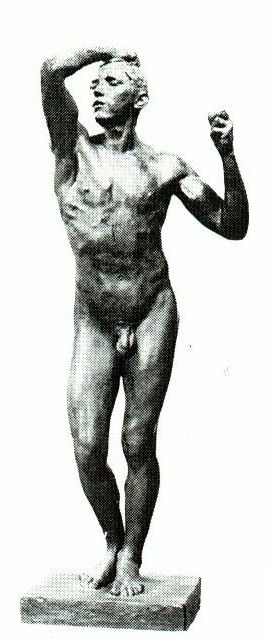
Dr Zhang shared her thoughts, “Aesthetic preferences have changed throughout different dynasties. The contrast in Buddhist sculpture styles between West Asia and East Asia surprised me, despite their geographical proximity. This distinction makes me curious about how regions interpreted the same subject differently, and how these interpretations evolved. These differences aren’t merely observations; they offer insights into the evolution of Buddhist art across cultures and times.”
3. Diplomatic Photographs in 1935: Historical Truths
Zhang Lu shifted her attention to historical photographs from 1935, especially those taken during the resumption of diplomatic relations between China and the UK. She focused particularly on the photographs of the meeting between China’s chief representative, Ambassador Zhuang, and the British Foreign Secretary. Once again, she was pleasantly surprised by our comprehensive database. One specific photo completely showcased the Chinese delegation of the time, featuring dignitaries such as Zhuang and Special Envoy Zheng Tianxi. Moreover, it provided a more detailed background story.
Zhang shared, “This experience once again validated its functional value. Through the platform, I was able to quickly unveil the historical layers behind the photograph and delve further into the cultural and political backdrop of that specific moment. When these data points connect, they form a more complete and three-dimensional historical picture.”
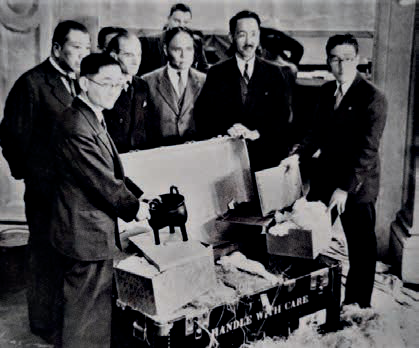
From these three research cases, Zhang Lu elaborated in detail how the “image search” feature within the TAC plaform offers new research perspectives and insights for Sinologists. The image-based search method allows scholars to break away from the traditional text-based search framework, connecting knowledge from various domains during the search process, and painting a more comprehensive academic blueprint.
Post-interview Note
Zhang Lu, who is studying at the University of Nottingham in the UK, has had high expectations for the platform from the very beginning. The journal itself contains numerous invaluable resources; but for her, the platform’s full-text search feature is irreplaceable. It allows her to approach the same topic from various angles, gaining more diverse and in-depth research perspectives.
Additionally, the function of searching by image was an unexpected surprise. This feature elevates images from merely visual data, to a tool that can be used for searching. Now she can explore a subject from even more diverse directions, shaping her unique research perspective.
Zhang stated enthusiastically, “This database has indeed made a profound impact on my research. I’m looking forward to its future integration of more image data, which can bring more insights and inspiration to scholars engaged in Sinology and art history research.”






![[2023.5.19] President of EVIS Visits](https://www.udpweb.com/wp-content/uploads/2023/06/257161-500x383.jpg)